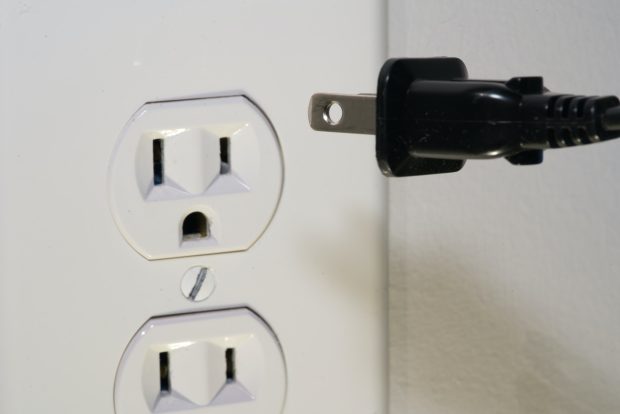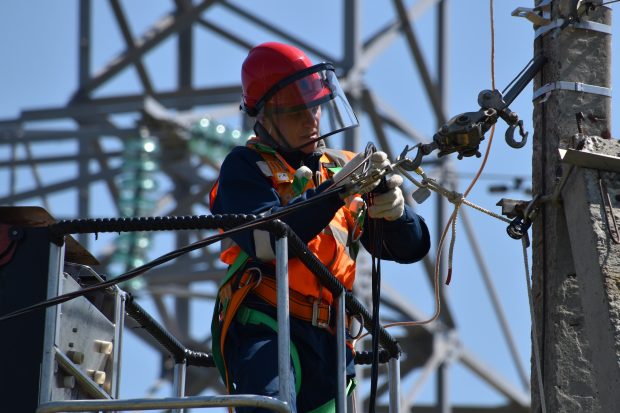In today’s world, where energy consumption is on the rise and environmental concerns are at the forefront, it has become imperative for households to prioritize energy efficiency. By adopting a personalized energy strategy, individuals can not only reduce their carbon footprint but also save money on their utility bills. In this blog post, we will explore six essential insights that can help you optimize your household energy usage and create a personalized energy strategy that suits your needs.

1. Understanding your energy consumption
The first step towards creating an effective energy strategy is to understand your current energy consumption patterns. Start by carefully analyzing your energy bills to identify any significant discrepancies or spikes in usage. This will give you an idea of where your energy is being consumed the most.
Next, take a closer look at your appliances and identify those that consume a significant amount of energy. Common culprits include refrigerators, air conditioners, and water heaters. By targeting these energy-intensive appliances, you can make a big impact on your overall energy usage.
Another factor that can impact your energy consumption is the time of day. You may notice this pattern not just in Dallas’s electricity rates but in the energy rates of other cities in Texas and other states. Many utility companies offer time-of-use pricing, which means the cost of electricity varies depending on the time of day. By being aware of peak and off-peak hours, you can adjust your energy usage accordingly to take advantage of lower rates during off-peak times.
2. Implementing energy-saving measures
Once you have a good grasp of your energy consumption, it’s time to implement energy-saving measures. Upgrading to energy-efficient appliances is a great place to start. Look for products with the Energy Star label, as they meet strict guidelines for energy efficiency. Modern appliances are designed to use less energy while still delivering optimal performance.
Another effective way to save energy is by insulating your home properly. This helps maintain a comfortable indoor temperature without relying heavily on heating or cooling systems. Insulating your walls, floors, and attic can significantly reduce heat transfer and improve energy efficiency.
Additionally, consider using smart thermostats and timers to regulate temperature settings in your home. These devices allow you to program heating and cooling schedules according to your daily routines, ensuring that energy is not wasted when you’re away or asleep.
3. Exploring renewable energy options
Renewable energy sources are gaining popularity as an alternative to traditional fossil fuel-based energy. Installing solar panels on your roof is one of the most effective ways to generate clean electricity for your household. Solar panels harness the power of the sun and convert it into usable energy, reducing your reliance on grid electricity.
While solar panels are the most common choice for homeowners, wind turbines are another viable option if you have enough space and live in a windy area. Wind turbines capture wind energy and convert it into electricity. While they require more initial investment and maintenance, they can be a sustainable long-term solution.
Geothermal systems utilize the constant temperature of the earth to heat and cool homes. This technology involves burying pipes underground, which circulate a fluid that absorbs heat from the ground during winter and releases it during summer. Geothermal systems are highly efficient and environmentally friendly, albeit more expensive to install.
4. Managing energy during peak hours
Energy consumption tends to peak during certain hours of the day when demand is high. To optimize your energy usage, consider shifting energy-intensive activities to off-peak hours. For example, running your dishwasher or doing laundry during late evenings or early mornings can help reduce strain on the grid and save you money if you have time-of-use electricity pricing.
Participating in demand response programs is another effective way to manage energy during peak hours. These programs provide incentives for households to reduce their energy usage during times of high demand. By enrolling in such programs, you can contribute to grid stability and earn rewards for your efforts.
Investing in energy storage solutions such as batteries can also help manage energy during peak hours. These batteries store excess electricity generated by solar panels or during off-peak hours and release it when demand is high or during power outages. This enables you to use stored energy instead of relying solely on the grid.
5. Incorporating smart technology
Smart technology has revolutionized the way we manage energy in our homes. Smart meters, for example, provide real-time data on your energy consumption, allowing you to monitor usage patterns and make informed decisions. By understanding how and when you consume energy, you can identify areas where you can make adjustments and save on your utility bills.
Using smart plugs and power strips is another way to incorporate smart technology into your energy strategy. These devices allow you to control the power supply to individual appliances remotely. You can turn off devices that are not in use or set schedules to minimize energy wastage.
Virtual assistants such as Amazon Alexa or Google Assistant can also help automate energy management tasks. By integrating these devices with your smart home ecosystem, you can control lights, thermostats, and other appliances with voice commands, making it easier to optimize energy usage.
6. Tracking and optimizing your energy usage
After implementing energy-saving measures and incorporating smart technology, it’s important to track and optimize your energy usage. Regularly monitor your energy bills to gauge the effectiveness of your energy strategy. Look for any changes in consumption and adjust your approach accordingly.
Continue using energy-tracking apps or smart energy monitors to stay vigilant about your energy usage. Set goals for reducing energy consumption and track your progress over time. Celebrate small victories and make adjustments where necessary.
Consider conducting regular energy audits to identify areas of improvement. Hire a professional energy auditor or use online resources to assess your energy efficiency. These audits can help you uncover hidden sources of energy waste and provide recommendations for further optimization.

Creating a personalized energy strategy is essential in today’s world, where energy efficiency and sustainability are critical. By understanding your energy consumption, implementing energy-saving measures, exploring renewable energy options, managing energy during peak hours, incorporating smart technology, and tracking your usage, you can optimize your household energy and create positive change.
Remember that each household’s energy needs and circumstances are unique, so adapt these insights to fit your specific situation. With dedication and conscious effort, you can make a significant impact on your energy consumption, reduce your carbon footprint, and ultimately save money on your utility bills. Start today and take the first steps towards a more sustainable future.



